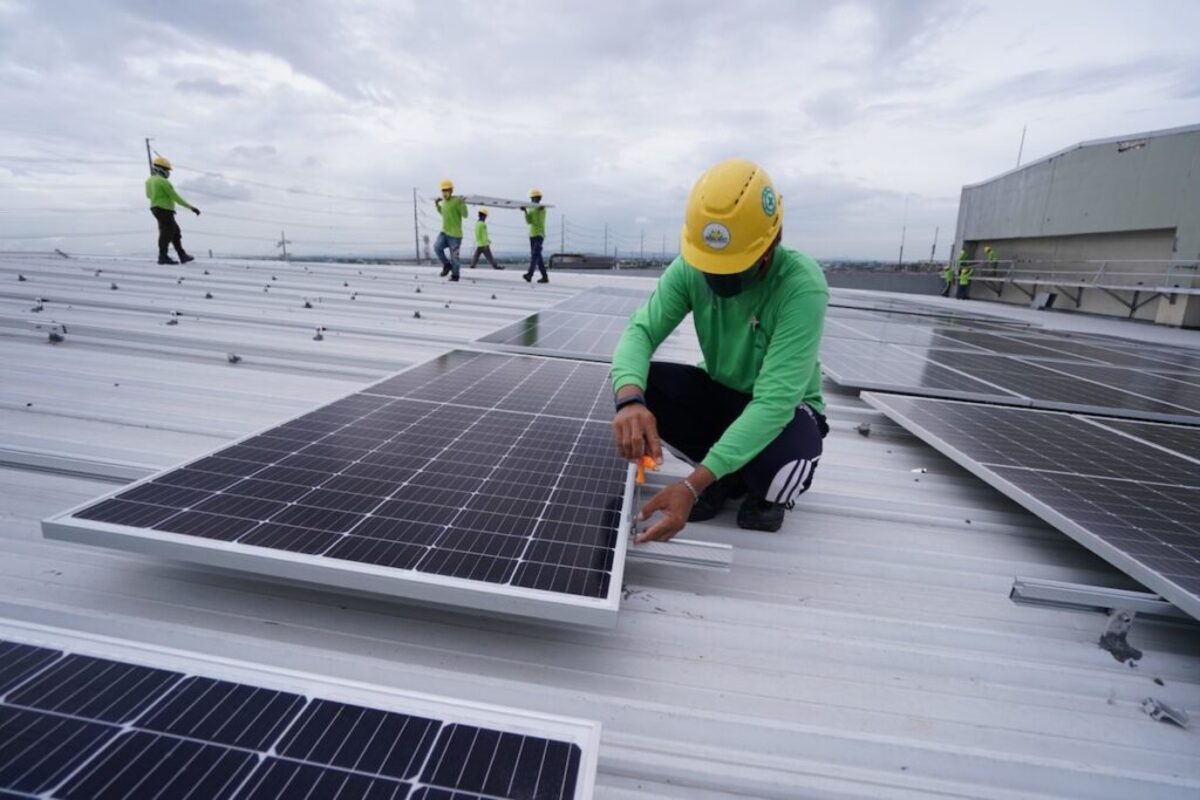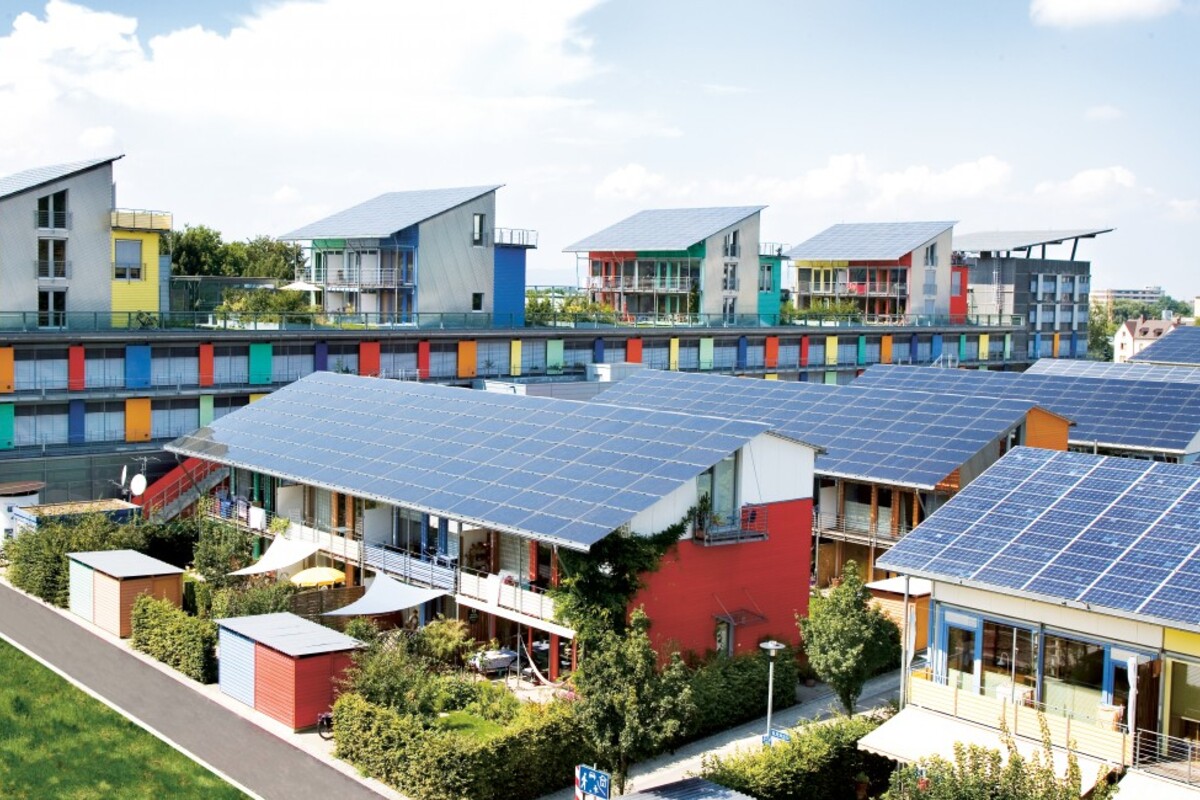Successfully ingraining solar technology in urban living means that the implementation should feel natural and is something that society accepts. A full-scale integration should also have the participation and involvement of all the stakeholders: not only the ones responsible for the technological innovations and solar-cell companies but also the designers, municipalities, architects, energy and construction companies, and the citizens.
Every space found in a crowded urban area has a purpose and should not be put to waste. This is how maximum integration can be achieved. It’s then essential that every surface in the city that can be illuminated by sunlight is used for the implementation of photovoltaics and solar thermal technologies.
Large-scale implementation of these solar technologies in the urban environment also makes multi functionalities in the application necessary. This only means that a structure found in the city like road, bicycle parking, sunscreen, building construction or pavement is also used to generate electricity.

Of course, the ingraining of solar technology should not stop with the physical integration; pressing issues that the urban environment is facing should be addressed and tackled as well. This way, getting the consent and acceptance of the citizens will be made a lot easier.
Some questions that should be asked to help tackle said issues are: Will issues like urban heat island effect or graffiti be reduced with the implementation and integration of large-scale photovoltaic technology applications? If it will, what’s the best use for solar technology in order to reduce the specific urban issue? Is there any way to optimize the grid?
How do you organize the heating network? How do you organize the districts in a way that they’re able to optimally handle the generation and use of electricity? Is there a way to reduce installation costs with the implementation of large-scale innovations? What’s the best way to naturally gain the consent of the citizens for implementing solar energy? Is there a way to shape and adapt the PV implementations in a way that fits the demands of the citizens?
Knowing the answers to the question will greatly contribute to successfully ingraining solar technology innovations in urban living.

